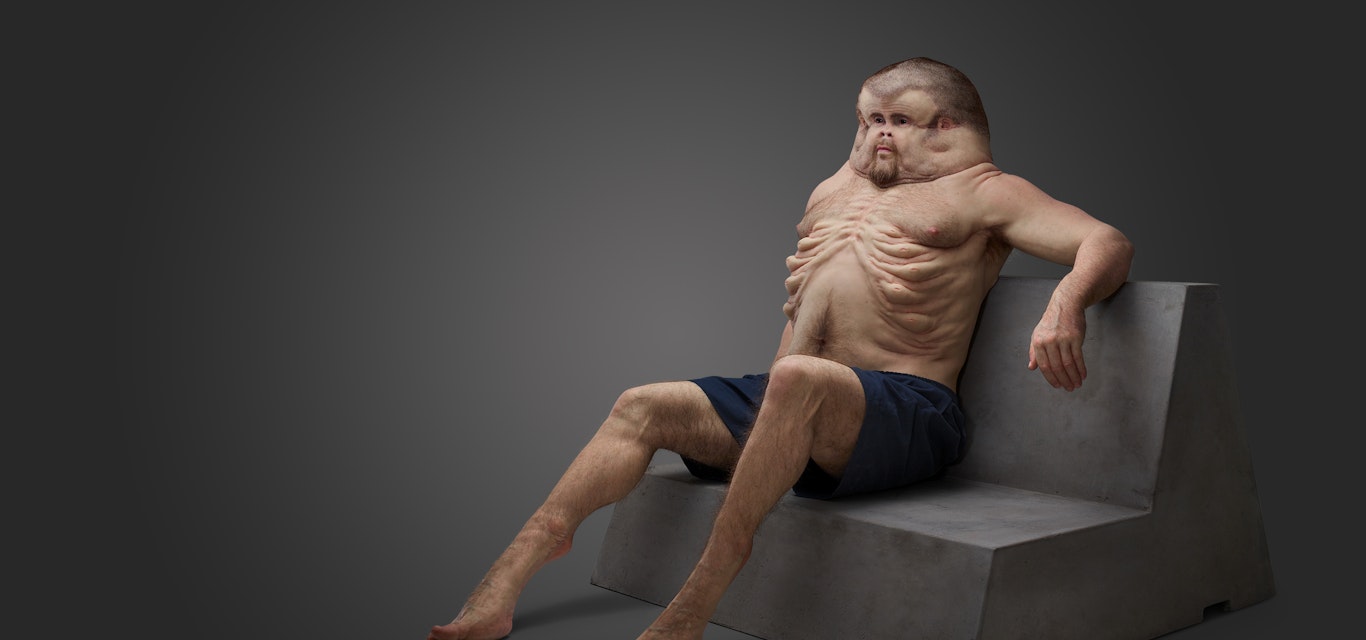The only person to survive on our roads
Discover the shocking reality of human vulnerability on the roads with Graham, a lifelike sculpture challenging our perceptions of road safety.
The human body is ill-prepared to handle the forces of a serious car crash. Our bodies may be strong, but they can only withstand so much force before breaking.
The fact that we are not invincible is confirmed by the road toll. Each year around 1200 people are killed on Australian roads and around 40,000 people seriously injured.
Since 2014, more than 360 people have died on Tasmanian roads and more than 2800 seriously injured.
The arrival of a lifelike sculpture, known as Graham, to the Tasmanian Museum and Art Gallery (TMAG) in Hobart, demonstrates human vulnerability and is encouraging visitors to challenge traditional road-safety thinking.
Graham was brought to TMAG in May as part of National Road Safety Week, for which Tasmania was the host state.
In 2016, Victoria’s Transport Accident Commission (TAC) partnered with a leading trauma surgeon, a crash investigation expert and internationally renowned Melbourne-based artist Patricia Piccinini to create a lifelike sculpture that shows us what we might look like if we were built to survive on our roads.
Given that humans evolved long before the invention of cars, our bodies are not designed to handle the extreme forces created by a collision with heavy motorised vehicles – collision forces at just 30km/h are enough to be fatal.
Both lifelike and unnatural, Graham encompasses art, science and education. He is built to show what we would need to be like if we were to survive a crash.
Beyond his interesting appearance, Graham also challenges us to reconsider the way in which we think about road safety.
Extensive research clearly demonstrates that it is much more efficient to build and operate a safe road-transport system than to rely on improving individual road-user behaviour. We must work towards a road transport system that is ‘fail-safe’ so that human mistakes do not lead to death or long-term injury. Our transport system cannot and should not be designed to avoid every crash. But it should keep people alive and in full health.
Graham’s unique features have all been designed to protect him from injury in a crash or to prevent the crash altogether. An extra-large skull to protect the brain, a short neck to prevent whiplash injury, extra ribs with fluid pockets designed to act like airbags, a lot of energy-absorbing fatty tissue on his face and double-jointed knees all help his body to be more capable of withstanding the violent forces of an auto crash. His spring-like lower legs and feet enable him to jump to avoid crash situations altogether.
Graham is on display at TMAG until early August and we encourage all road users to make the trip to see this thought-provoking exhibit, which features interactive content to give visitors a greater understanding of this artwork, and the evolutionary adjustments that make Graham a crash survivor.
